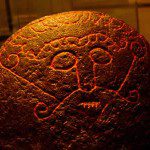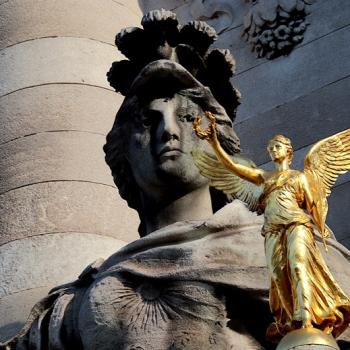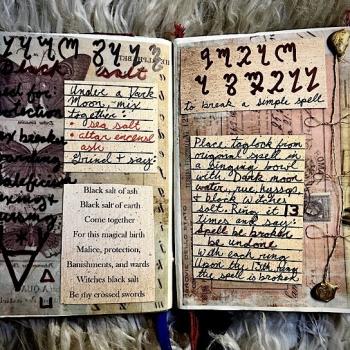Categorizing Norse Entities is a Messy Endeavor
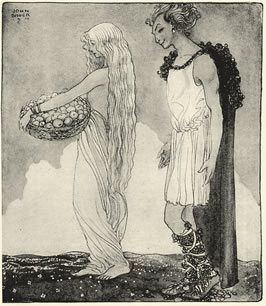
When I first started this series, I thought it was going to be pretty straightforward. I mean, everyone knows who the Gods are, right? However, relatively quickly I found out that this was not as easy as it sounds. Does Freyr’s Jotun bride, Gerd, count as a Vanir or as a Jotun? Balder is clearly an Aesir god, but no one seems to actively worship Him, so should He even be included? It has been argued that another Aesir god, Bragi (god of music and poetry) was originally a human poet whose history eventually became tied into the overall mythology. And His wife Idunn, the Goddess who grows the golden apples that keep the Gods young–Her brothers are dwarves, so shouldn’t that mean She’s a dwarf, not a God…? There are Nine Worlds; a ton of associated tribes or “races”; plus a variety of other entities such as valkyries, disir, trolls, and huldar-folk, who all mix pretty thoroughly throughout the mythology and folklore.
Long story short, Norse mythology is messy. It just is. Best to accept it and move on.
Before I go into the details for offerings for various Jotnar and whether/why any of Them should be honored at all, let me explain a bit about the reasoning behind the categorization of entities in this series. The key criterion I’m using is whether or not an entity currently has, or at one point had, humans who built an active, beneficial, reciprocal relationship with Them. Using this criterion, some deities didn’t make the cut and others who are not necessarily categorized as deities did. Feel free to completely disagree with me. However, keep in mind that the purpose of these particular articles is not to debate theology but to help supplement individuals’ budding praxis. (Heathen theology will get its own article, I promise!)
The first article in this series covered those deities who Snorri specifically lists as the Vanir and also those who had married into the Vanir tribe. The second article covers the main Aesir Gods who are actively worshiped now or back in the day (or both). For example, I did not include Balder, son of Odin and Frigga, because I couldn’t find much evidence of His being actively honored, either now or then. This, the third and final article in the series, focuses on those Jotnar (“giants”) with whom people have an active, beneficial relationship.
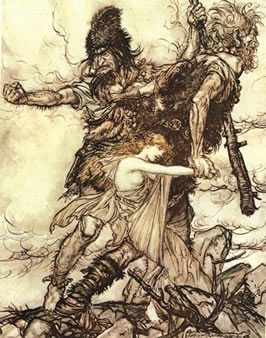
Jotnar worship is a pretty controversial topic among modern Heathens, but whatever your opinion on it, it’s important to acknowledge that there are many people who currently do have a positive, beneficial relationship with at least one of the Jotnar. It’s a bit harder to say whether any of Them were also honored in the Viking Age, though we do have at least one mention in a saga of a man who lived near a volcano and left regular offerings for Surt to help avoid dangerous eruptions. (For those of you who don’t know, Surt is the fire jotun who is fated to kill Freyr at Ragnarok.)
Who are the Jotnar?
The Jotnar are a large and diverse group. They primarily come from Jotunheim, one of the Nine Worlds of Norse Cosmology. Jotuns can also come from Muspelheim (“Fire World”), Niflheim (“Ice World”), or even Helheim–Hela is a jotun, for example. They appear to be at least as big and as powerful as any of the Aesir and Vanir gods, which we know because Thor has his hands full keeping them out of Asgard. They clearly have more (or, at least, different) types of knowledge that the Aesir or Vanir, because we have a number of myths in which Odin (or Freya or Thor) travels to one of them to gain knowledge of one sort or another. Some of them are also beautiful, such as Freyr’s jotun wife Gerd. Some of them are monstrous, such as Loki’s children Fenris (the wolf) and Jörmungandr (the World-Serpent). They are often associated with the “large” forces in nature–volcanoes, mountains, glaciers, the deep ocean. They also appear considerably less inclined than the Aesir or Vanir to initiate or develop relationships with humans.
Why Honor Them?
As I myself don’t have a solid relationship with any Jotnar, I reached out to a bunch of people who honor various Jotnar (including my beau, who honors Hela). Overwhelmingly in my conversations, people emphasized that each individual’s relationship with any of the Jotun will be unique. Not many Jotnar are interested in connecting with humans, period, and even fewer may be interested in building a relationship with you in particular. With the exception of Loki, these entities will need to be sought out, and you may need to prove yourself to Them somehow before They agree to work with you.
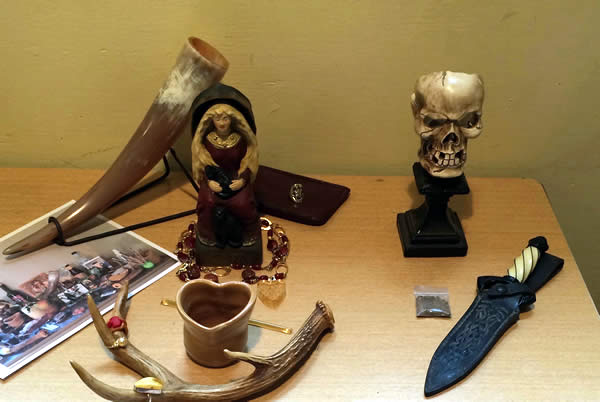
These entities are “not safe” by definition, and forming a relationship with any of Them will not be easy. However, there can be a lot of wisdom and power to be gained in working with Them that cannot be provided by either the Aesir or Vanir. Also, it can be very healing to be accepted by these beings if you have experience being marginalized or living on the outskirts of society already.
In doing some supplemental research on Jotun worship on the ‘net, I came across a lot of writings by Raven Kaldera. (As I also ended up attending one of Raven’s presentations at ConVocation this past weekend, I got a chance to hear him expound in great detail upon this very topic.) Everything he had to say about the deities that I do know and love was spot-on, so my guess is that his work with the Jotnar will be just as good. If you find yourself being drawn to one of the Jotnar, I recommend checking out his Rokkr page on the Northern Tradition Paganism website or reading some of his books. (It’s worth noting that he specifically labels himself “Northern Tradition”, not “Heathen.”)
The Jotnar
Loki
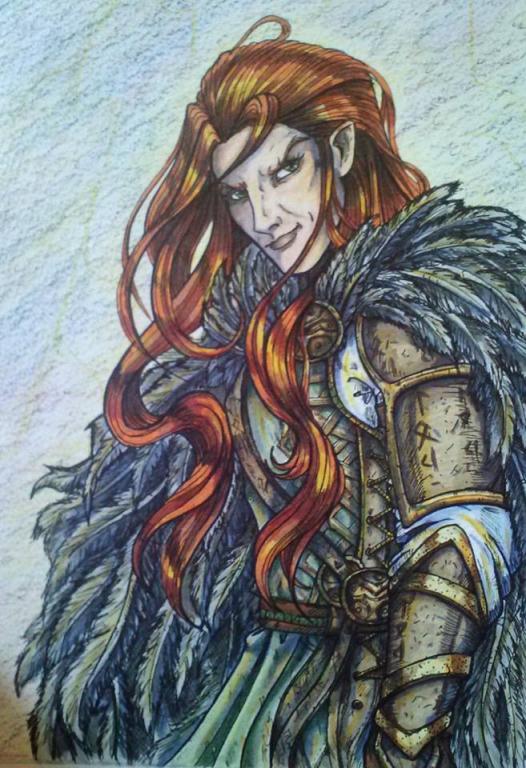
Loki easily tops the list as the most popular of the Jotnar worshiped today. (I’d argue that this was the case before the Marvel movies came out, but it’s hard to say for sure.) Though I have him listed as a jotun, as his parents were jotuns, a case could easily be made for being one of the Aesir. Want to know more about Loki? Luckily, Laine, one of my fellow bloggers on the Agora channel, posted a great, heavily detailed article about Him yesterday. (We never plan it when this happens, honest!) Among other things, we know that he is Odin’s blood brother, which should qualify Him for enrollment with the Aesir, but given his Trickster role, it’s hard to make him fit into only one category. In any event, regardless of whether you think he is Jotun or Aesir, He is unarguably very active in the modern world.
Food: Meat. Spicy foods, curries. Cupcakes and foods that have a high sugar content and come in colors not often found in nature.
Drink: It is said in the Lore that when Odin gets offered a drink, Loki should also be offered one, which I do. So, often Loki gets whatever Odin is having. Other suggested offerings are things that are hot or spicy, such as Fireball whiskey. Coffee. Full-fat drinks. A friend who’s dedicated to Loki says that he pretty much wants some of whatever anyone else is having that looks good.
Other offerings: Disrupting the status quo, especially if the status quo has become stagnant or repressive. Calling out the emperor who’s not wearing any clothes. Also, stand-up comedy or willingly making a fool out of yourself.
Hela
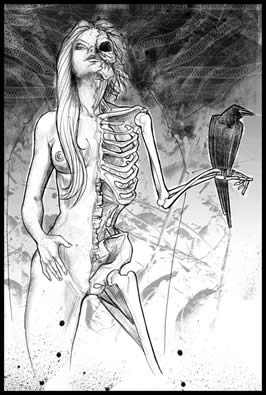
Hela, Loki’s daughter, is in charge of Helheim, the land of the dead. By both Lore and modern accounts, Hela is a compassionate, gracious hostess who does Her best to make the afterlife reasonably comfortable for those in her Hall. However, She does not seem to concern Herself much with the living. Those people who do reach out to Her have found Her to be calm and compassionate but otherwise detached from human emotions and endeavors. If you work in the field of mental health or with the homeless population, She can be very helpful. If you work with Her, though, be aware that while She can remove unwanted things from your life, the things She chooses to remove may not be what you had in mind.
Food: Anything with apples (She has an orchard in Helheim). Also, if possible, leave your offerings to rot on Her altar.
Drink: Apple cider, mead. (I also offer Her absinthe. Though I don’t work with Hel, I find it’s always a good practice to be on good terms with my significant other’s deities.)
Other offerings: Grave dirt. Images of skulls. Offering hospitality, especially to those on the margins of society who don’t normally get to receive hospitality. My beau, who worked in the field of mental health, also recommends offering her your anxiety or depression; She sees these as worthy offerings.
Angrboda
Angrboda is one of Loki’s wives (or, rather, Loki is Her husband). She is called the “Witch of the Iron Woods” and “Mother of Wolves”, and She is one of the Jotnar who has little use for human interaction. I include Her here mainly because She does seem to work with some humans who have a strong connection with wolves on a spiritual level. (Skadi is another jotun who has a strong connection to wolves, and is probably more approachable and interested in humans.) Apparently She has little love for men in particular, so if you’re a guy who doesn’t have a strong connection to wolves and does have issues with female dominance, I don’t recommend bothering Her.
Offerings: Protecting wolves and their habitats. Doing volunteer work on behalf of the local wolf population. Also, doing any kind of work to help battered or abused women.
Sigyn
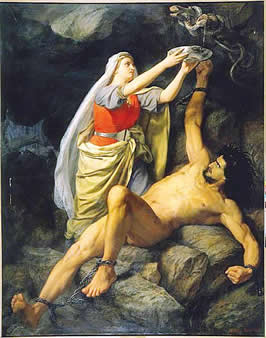
Sigyn is Loki’s Aesir wife. She bears Loki two children (who are eventually used against Loki as punishment), and She is faithful to Loki to the end. When Loki is finally punished for his role in Balder’s death, he is chained to a rock with a poisonous snake hanging over His head. She holds a bowl to catch the snake’s poison so it doesn’t hit His face. Modern worshippers have reported that She is a good one to turn to when grieving the loss of a child, though I would imagine She’s be just as comforting if you have “lost” children to addictions or mental illnesses, as well.
Offerings: Fidelity and loyalty. Offering comfort to those who are grieving or who are in difficult relationships.
Hyndla
Hyndla is a jotun whom Freya visits so that one of Her heroes, Ottar, can learn his ancestry and claim his inheritance. In the modern day, She is seen as being the entity to talk to regarding researching one’s family history.
Offerings: Time spent helping another person research his or her ancestry, or much time and effort spent researching your own ancestry. Keeping a detailed family history. Also, the possible sacrifice of family heirlooms. (“A gift for a gift.”)
Gunnlod
Gunnlod is a jotun maiden whose father ended up in possession of the mead of inspiration. Her father sequestered both Her and the mead in the center of a mountain so no one could get at either of them. Odin found this out, and over the course of three nights won the right to three “sips” of the mead, eventually escaping with all of the mead. Modern worshippers have reported that Gunnlod can be a good one to go to if you’re overwhelmed by working with Odin and need someone who can balance Him out. (Freya and Frigga can also help in this way.) Also, as She once was in possession of the mead of inspiration, She can help to rekindle one’s inspiration.
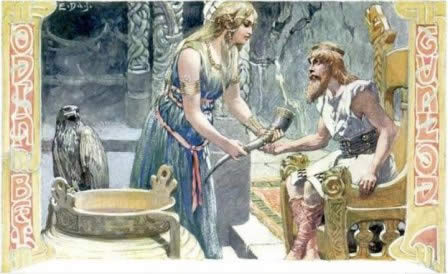
Offerings: Mead (what else?). Also, poetry, songs, artwork, or anything based on your own inspiration.
Jord
Jord, whose name means “earth”, is Thor’s mother. She is the literal embodiment of the land that we stand on. In my opinion, She is the version of “the earth” that, should we humans end up nuking each other out of existence, will still exist relatively unscathed. She can help with the fertility of the fields or of humans, as can Sif, Freya, Freyr, and Nerthus.
Offerings: Doing everything that we can to take care of the parts of the earth that are under our control: supporting sustainable agricultural practices, renewable energy resources, and recycling and composting programs. Not delving “too greedily or too deep”, as Tolkien’s dwarves do; so, working against fracking or strip mining practices.

This list is by no means an extensive. As a reminder, most of the Jotnar (with the exception of Loki) are likely not out in the world looking for followers. However, hopefully this article has also shown that They are not necessarily the villains They are often made out to be. If you are drawn to one of Them, or end up being led to one of Them, hopefully this will give you a place to start. (For more detailed information on work with the Jotnar from an experienced source, I recommend checking out Raven Kaldera’s writings and any of the the books listed at the end of Laine’s article on Loki.)

Patheos Pagan on Facebook.
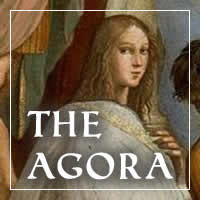
the Agora on Facebook
Happily Heathen is posted on alternate Fridays here at the Agora. Subscribe by RSS or e-mail!
Please use the links to the right to keep on top of activities here on the Agora as well as across the entire Patheos Pagan channel.


